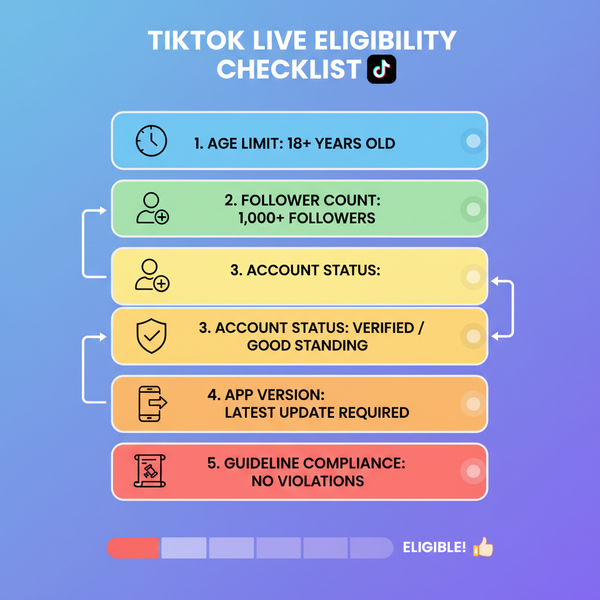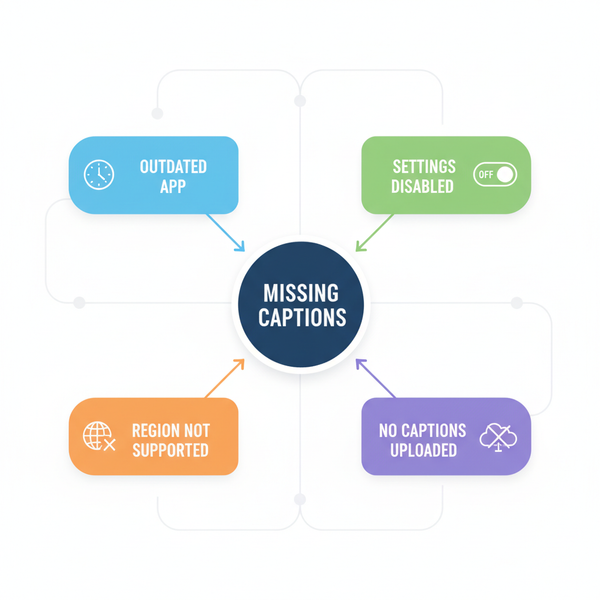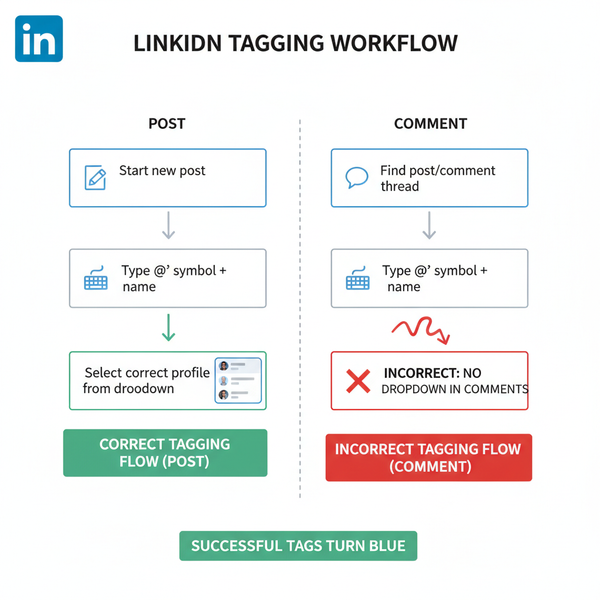what is an impression on social media and why it matters
Learn what impressions mean in social media analytics, how they differ from reach and engagement, and strategies to boost visibility and brand awareness.
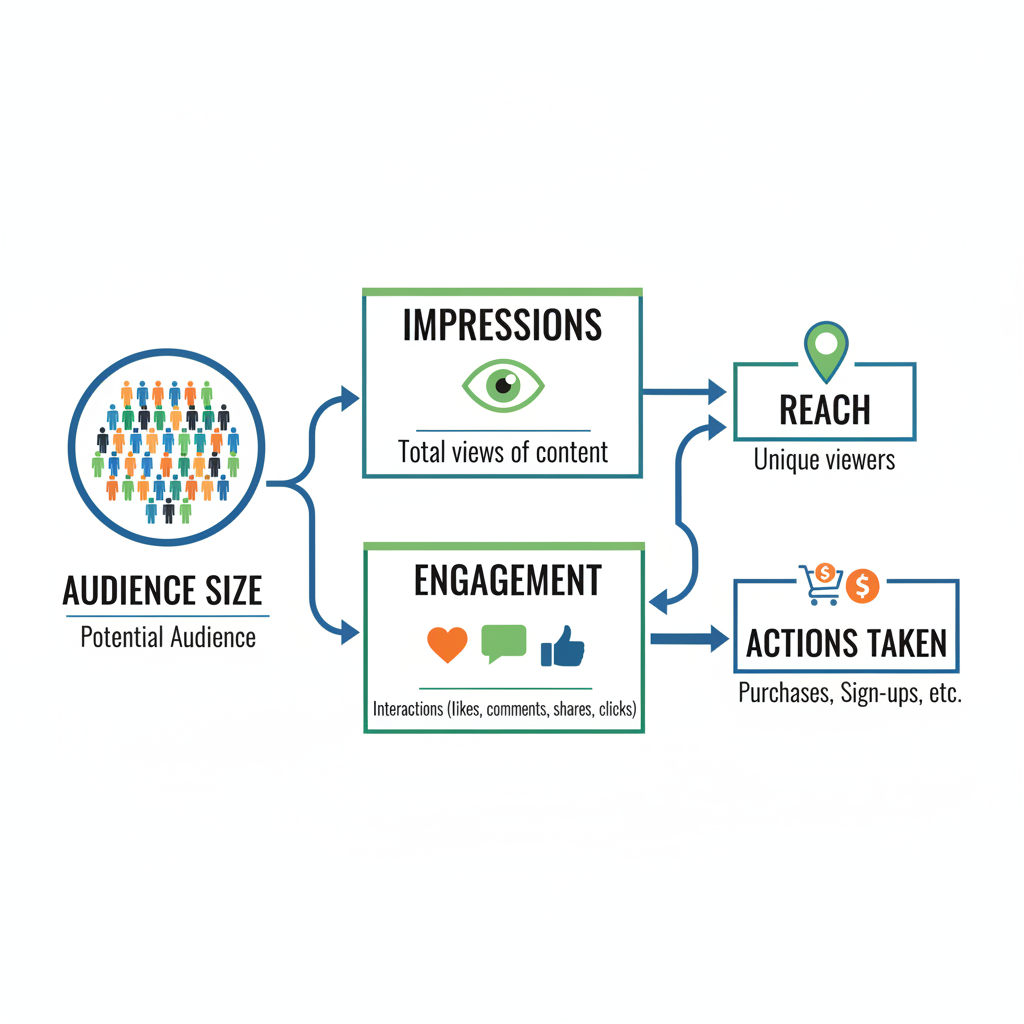
What is an Impression on Social Media and Why It Matters
If you work in digital marketing or manage social media accounts, you’ve probably encountered the term impression in analytics reports. Understanding what is an impression on social media is critical: this metric tells you how often your content is displayed to users, guiding strategies for improving visibility, reach, and engagement. In this guide, we’ll explore definitions, differences from related KPIs, measurement methods, and actionable strategies to grow impressions while strengthening brand awareness.
---
Defining Impressions in Social Media Metrics
An impression counts every time a piece of content—such as a post, ad, or story—is displayed on a user’s screen. It does not require the user to engage or even pay close attention. If your post appears on someone’s feed, story list, or timeline, that’s one impression.

The essential point: impressions measure visibility, not interaction. They track how frequently your content surfaces in people’s online experiences, serving as a proxy for potential brand exposure.
---
Difference Between Impressions, Reach, and Engagement
It’s easy to confuse impressions with reach or engagement. While these metrics often appear together in dashboards, each offers distinct insights:
| Metric | Definition | Key Insight |
|---|---|---|
| Impressions | Number of times content was displayed | Measures visibility/frequency |
| Reach | Number of unique users who saw content | Measures audience size |
| Engagement | Actions users take (likes, shares, comments, clicks) | Measures interaction quality |
Example: if a post appears twice for the same person in one day, it registers as two impressions but only one reach.
---
Types of Impressions
Social networks classify impressions into categories to help marketers refine strategies:
Organic vs Paid Impressions
- Organic Impressions: Occur naturally without paid promotion, via followers’ feeds or shares.
- Paid Impressions: Result from ads or boosted posts aimed at targeted audiences.
Served vs Viewed Impressions
- Served Impressions: Content loaded but may not have been seen due to user scrolling.
- Viewed Impressions: Content confirmed as visible on the user’s screen.
Understanding these distinctions enables more accurate visibility analysis.
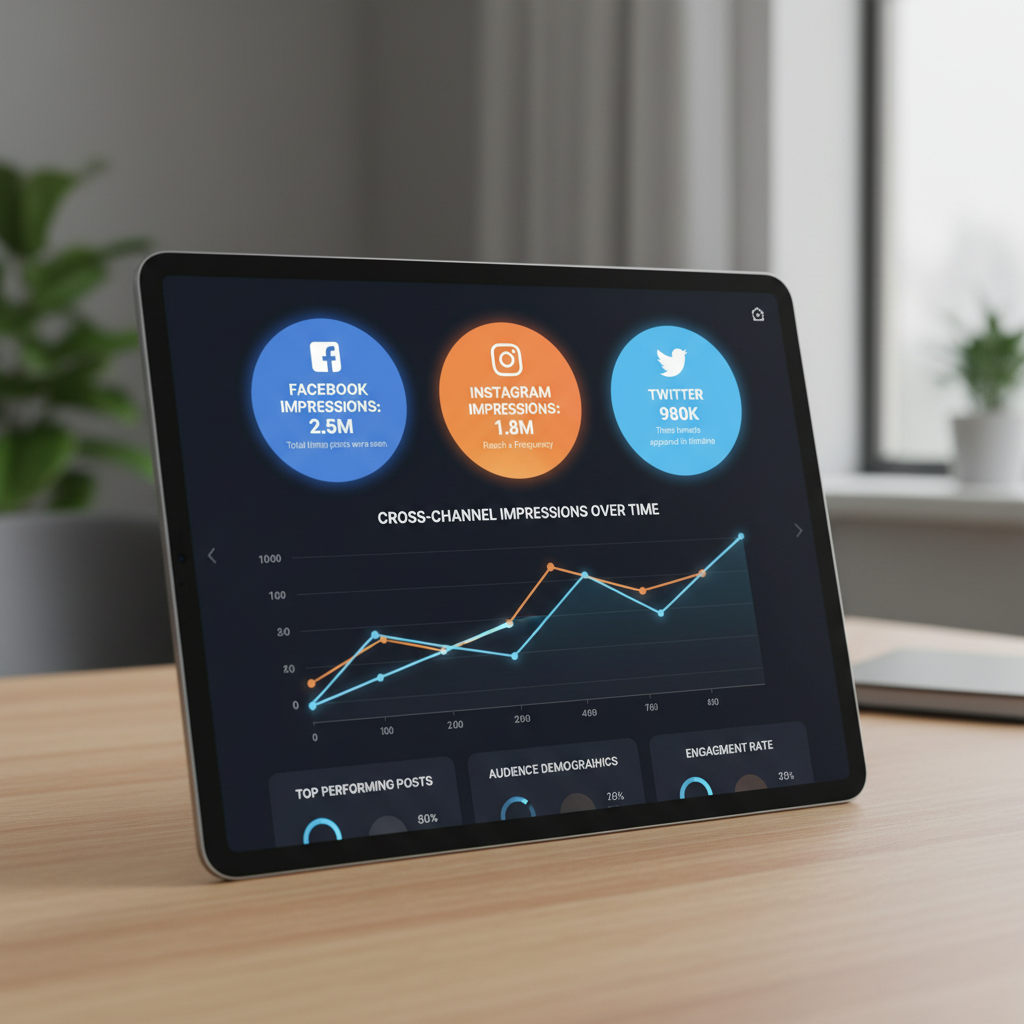
---
How Major Platforms Measure Impressions
Different platforms have unique counting methods:
- Instagram: Logs each time a photo, video, or story appears on screen.
- Facebook: Separates organic from paid impressions and distinguishes served vs viewed.
- Twitter/X: Counts displays within feeds, threads, and search results.
- TikTok: Registers any instance a video appears, even without full play.
Tip: Review each platform’s documentation to interpret impression data correctly.
---
Why Impressions Are Critical for Brand Awareness
For brand awareness, impressions are a key metric:
- First Touchpoint: Visibility precedes engagement—impressions mark initial exposure.
- Recall through Repetition: Multiple impressions enhance brand memory.
- Broad Visibility Gauge: Measures how far your content travels.
High impressions mean more chances for potential customers to notice your brand.
---
Using Impressions to Assess Content Performance
Impression trends can reveal distribution success:
- Compare impressions vs reach: Frequent exposure to the same users may improve recall.
- Track impressions vs engagement: Identify if visibility leads to action.
- Test content formats to find which generate the most impressions.
When impressions are low, review posting schedules, hashtags, and content relevance.
---
Strategies to Increase Impressions
Boost visibility with these tactics:
- Post More Often: More content increases feed appearances.
- Use Effective Hashtags: Drives discovery, especially on Instagram and TikTok.
- Collaborate & Tag Partners: Access wider audiences via shared exposure.
- Optimize Captions with Keywords: Improves algorithmic content discovery.
- Post at Peak Times: Align with audience activity for higher impression counts.
---
Common Misconceptions About Impressions
Beware of these myths:
- High Impressions Guarantee Success: Quality content still matters.
- Impressions Equal Unique Users: The same user can generate multiple impressions.
- More Impressions Always Mean More Engagement: Not necessarily—content relevance is key.
Realistic expectations prevent misinterpretation of metrics.
---
Tracking Impressions with Analytics Tools
You can monitor impressions via native platform dashboards:
- Instagram Insights
- Facebook Page Insights
- Twitter Analytics
- TikTok Analytics
These break down impression data by timeframe, source, and audience type.
---
Interpreting Impression Data Alongside Other KPIs
Impressions are more insightful when paired with other metrics:
| Metric Pair | Reason for Pairing |
|---|---|
| Impressions + Reach | Reveals exposure frequency |
| Impressions + CTR | Tests visibility’s effect on clicks |
| Impressions + Engagement Rate | Determines if visible content inspires action |
---
Real-World Examples of Impression Growth
Example: A fashion brand launches a seasonal campaign.
- Before: 50,000 monthly impressions
- After influencer collaboration: 180,000 monthly impressions (+260%)
- Impact: Website traffic rises 40%, followers increase 25%
This demonstrates impressions’ role in driving broader marketing outcomes.
---
How Impressions Fit into Social Media Marketing Plans
Impressions serve as a top-of-funnel indicator:
- Measure brand visibility
- Guide budget between organic and paid content
- Set performance baselines for engagement/conversions
Integrating impressions into strategy helps optimize content output and targeting.
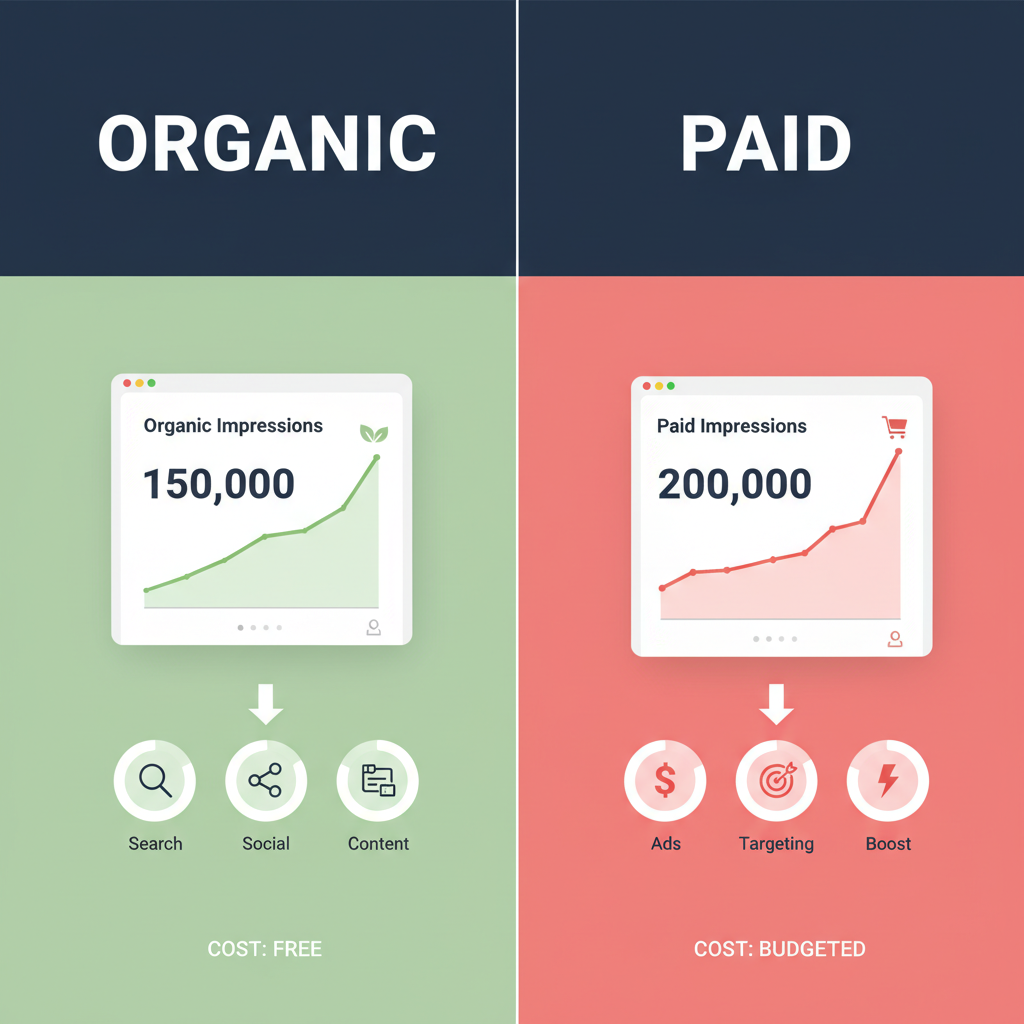
---
Summary
Understanding what is an impression on social media empowers marketers to accurately gauge visibility and refine campaigns. Impressions mark how often content reaches users’ screens, forming a base for reach and engagement analysis. By tracking this metric alongside others and applying proven strategies to boost it—both organically and with paid promotion—you can elevate brand awareness and strengthen relationships with your audience.
Call to Action: Start analyzing your impression data today, pair it with other KPIs, and implement targeted tactics to make your social media presence more visible and impactful.

